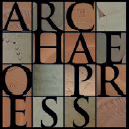
Publishing Scholarly Archaeology since 1997
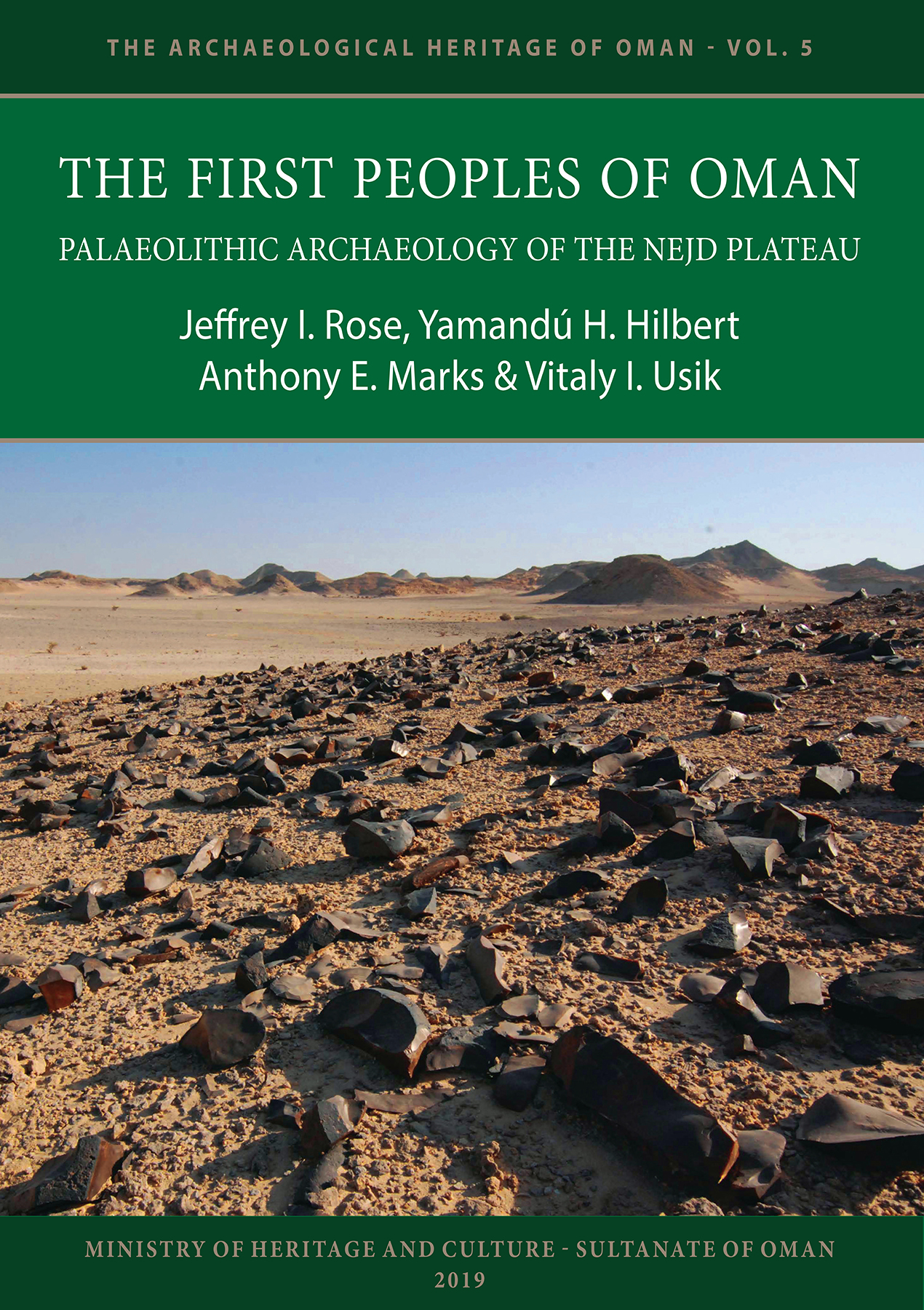
Download Sample PDF
H 296 x W 210 mm
216 pages
142 figures; 27 tables (90 colour pages)
Published Jul 2019
ISBN
Paperback: 9781789692846
Digital: 9781789692853
Keywords
Dhofar; Oman; Archaeology; Nejd Plateau; Lower Palaeolithic; Late Palaeolithic; Southern Arabia; Human Origins
Related titles
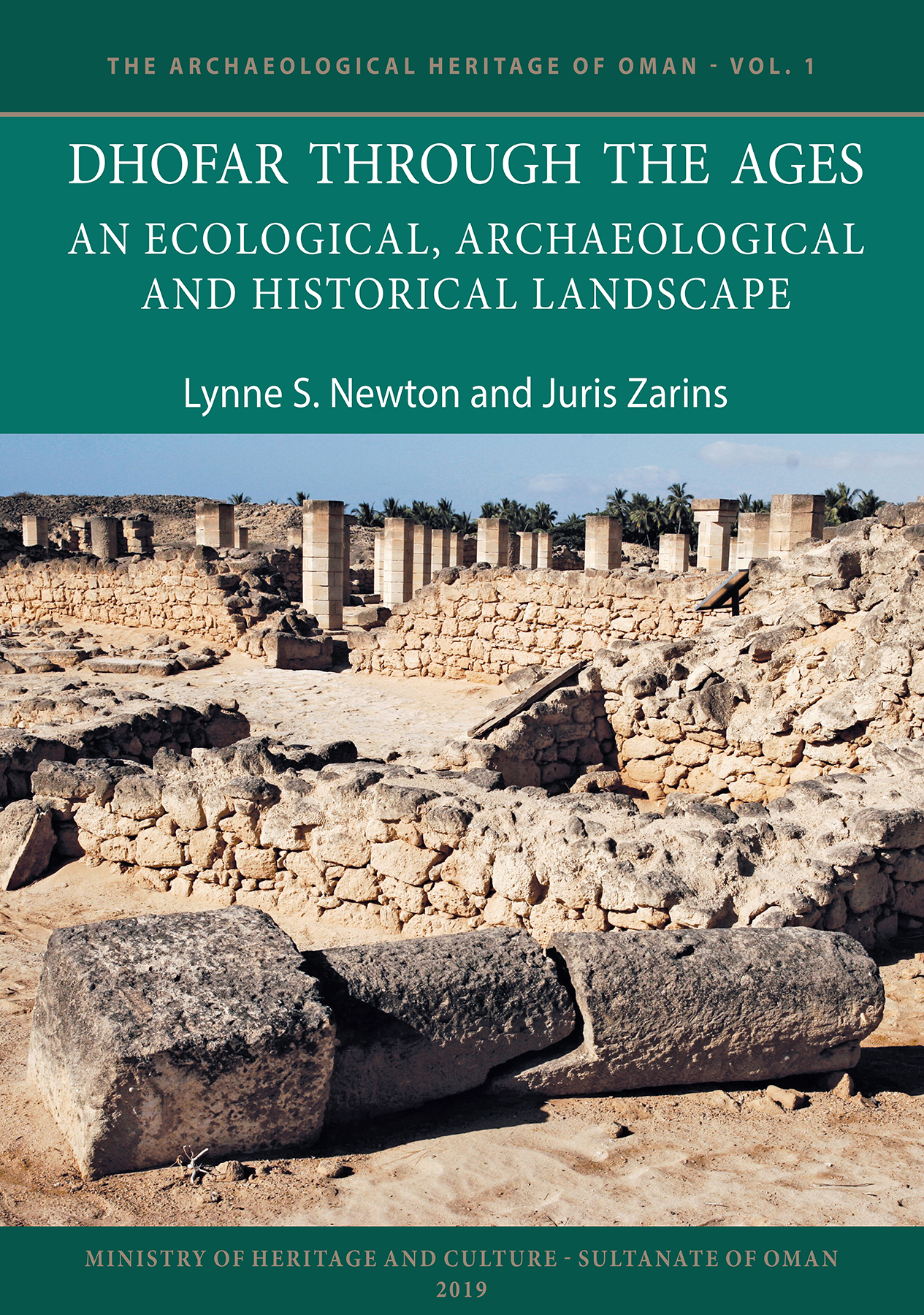
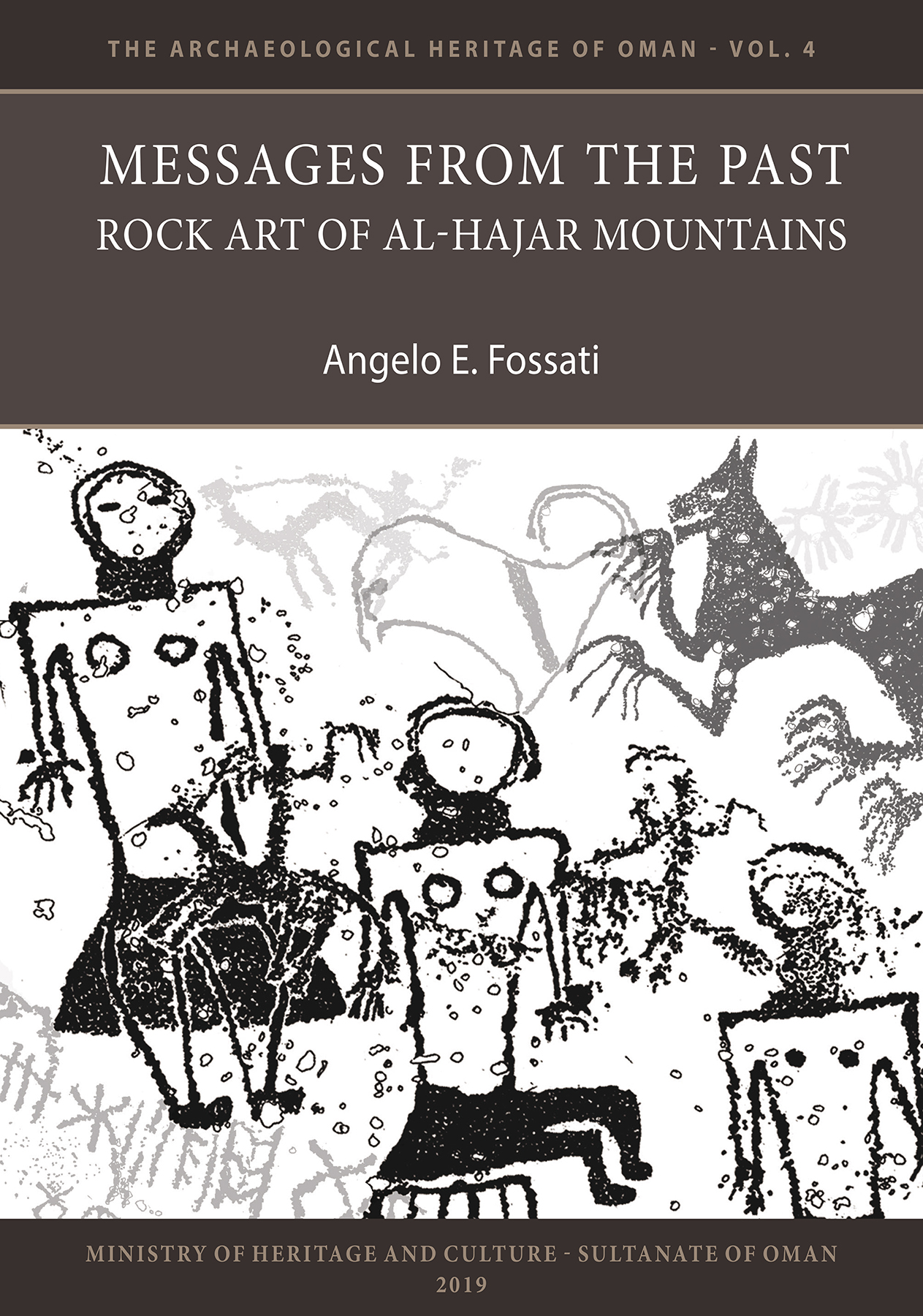
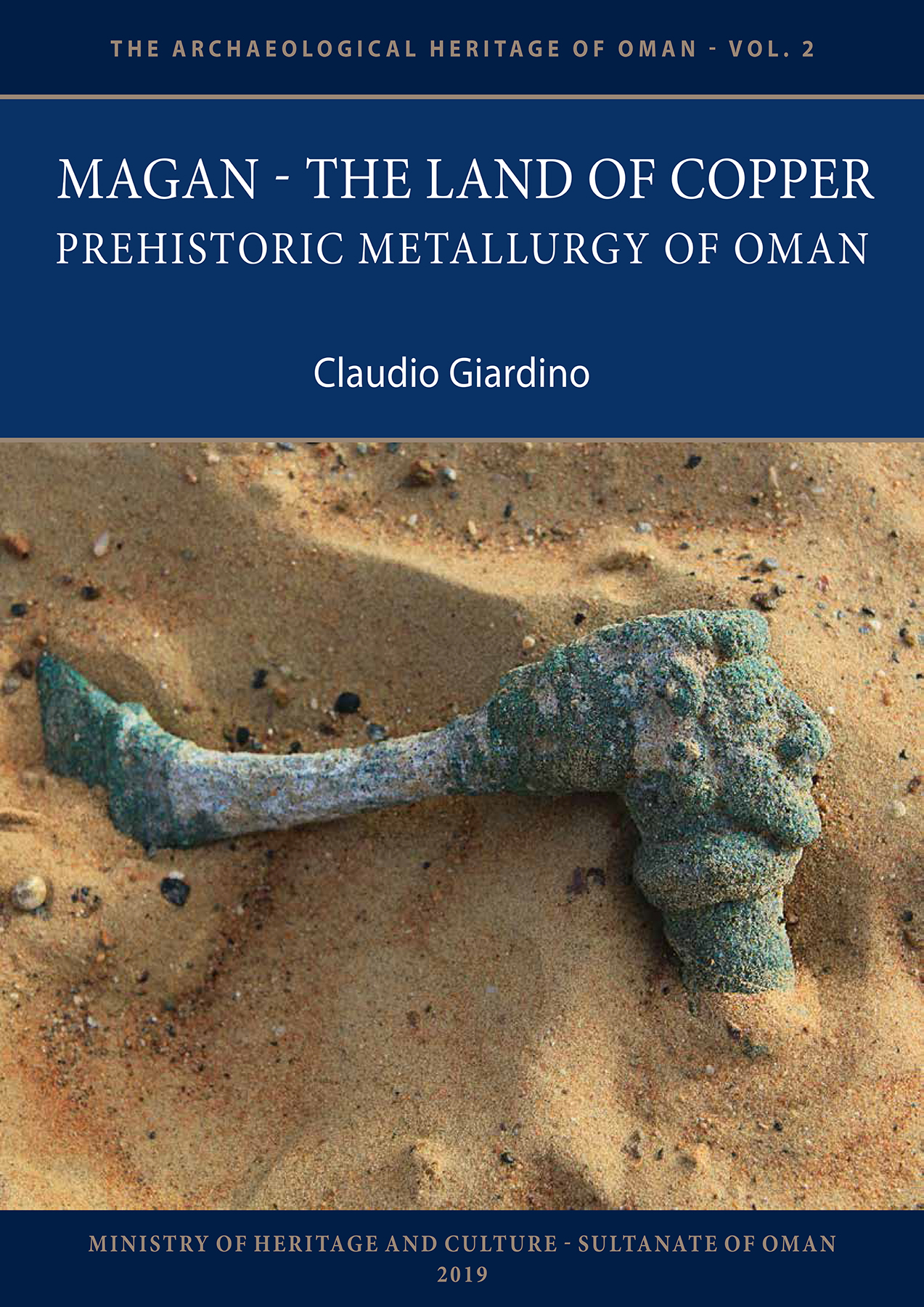
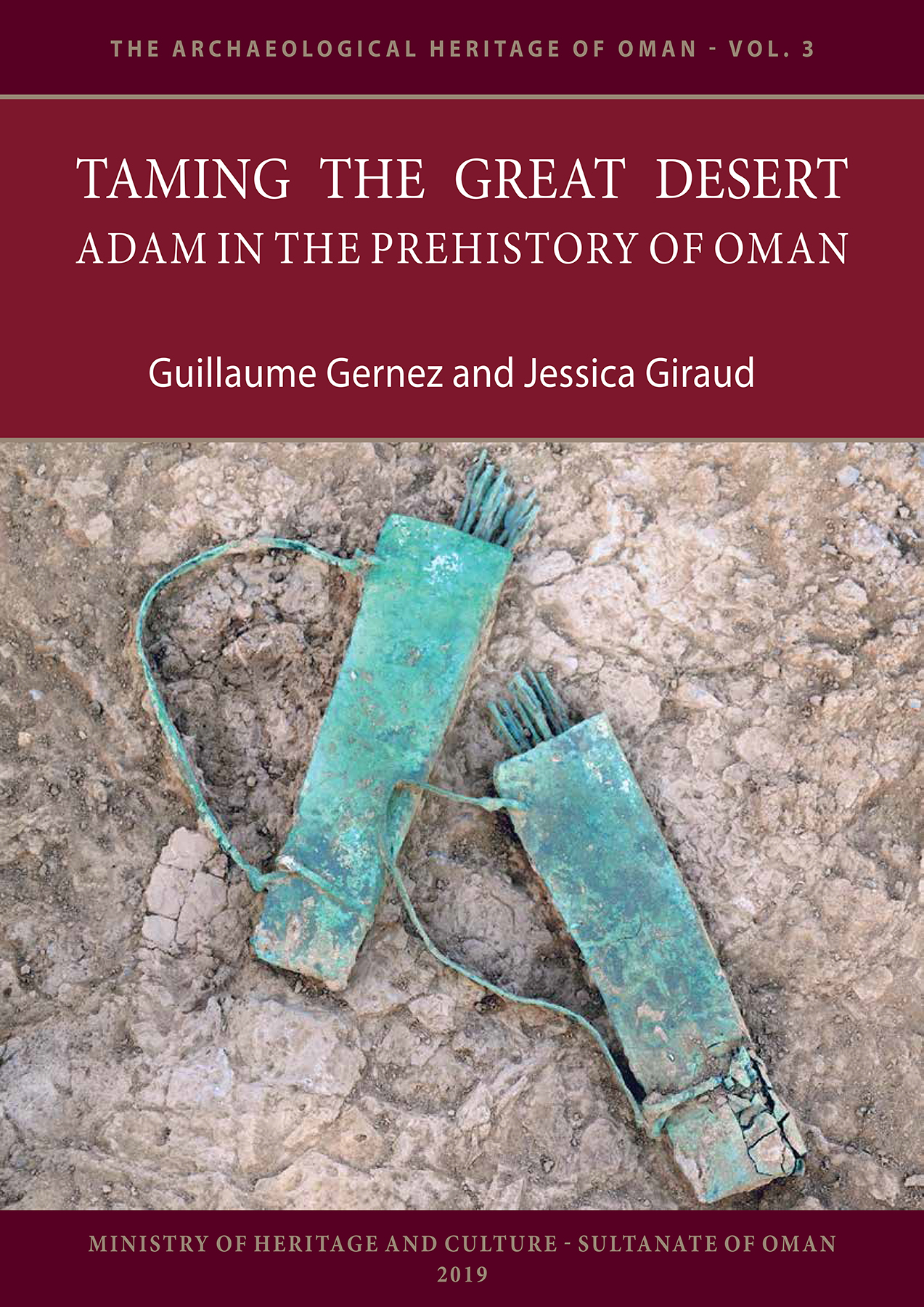
The Archaeological Heritage of Oman 5
The First Peoples of Oman: Palaeolithic Archaeology of the Nejd Plateau
By Jeffrey I. Rose, Yamandú H. Hilbert, Anthony E. Marks, Vitaly I. Usik
Paperback
£45.00
Includes PDF
PDF eBook
(personal use)
£16.00
PDF eBook
(institutional use)
£45.00
The archaeological evidence presented in this work encompasses the cultural remains of over a million years of successive human occupation of Nejd Plateau, Dhofar, from the Lower Palaeolithic to the Late Palaeolithic. This volumes suggests a fundamental reconsideration of the role of Southern Arabia in the origin and dispersal of our species.

 Add to wishlist
Add to wishlist